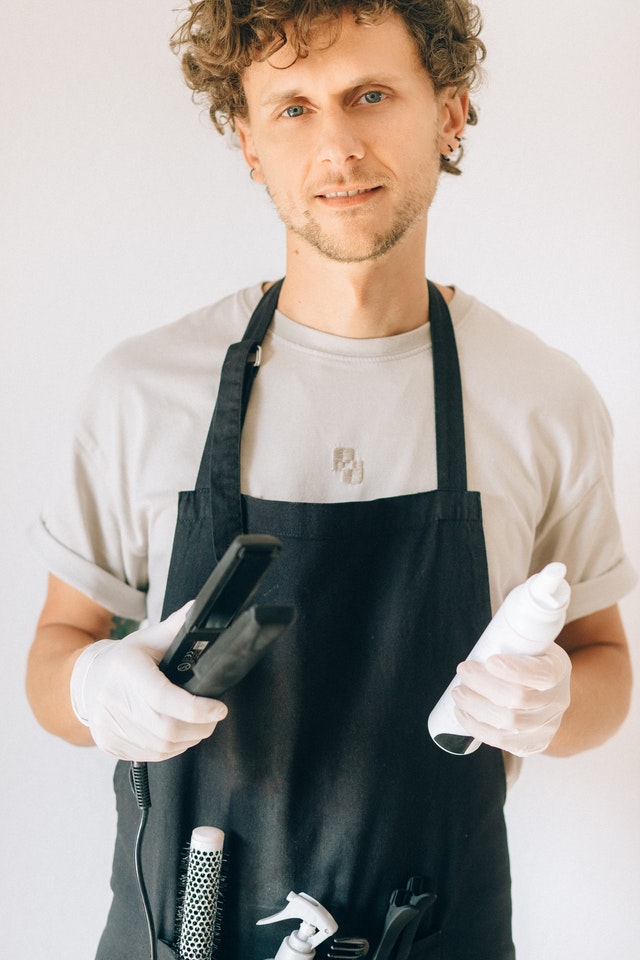 Photo by Nataliya Vaitkevich from Pexels
Photo by Nataliya Vaitkevich from Pexels
It’s fun trying different hair dyes, creating different colors for different occasions. You are certainly not alone in this, as much as 24% of the population dyes their hair regularly.
However, at some point, everyone wants to return to their natural color. This may be to confirm they still have the same hair color or because you prefer the way it looks.
Whatever the reason, you need to adopt the right approach to transition to your natural hair.
Patience
The first step in the process is understanding that you need to be patient. In order to return to your natural hair color, the best approach is to let your hair grow out. Of course, while this makes sense it takes time and your hair may look funny as it grows. That’s because the original color will come through at your roots and slowly grow your hair.
In short, it could take 3-4 months before your hair starts to look natural again. In some cases, it can take as long as a year.
Cutting
It is important to note that you can cut your hair short. This will shorten the amount of time it takes to grow your natural hair and can even reduce the visibility of your differing hair colors and styles.
This is an effective step but you may prefer to do this a few weeks after you have started the transition process. It will help to make the process feel faster which is half the battle.
If you don’t want to drastically reduce the length of your hair then you’ll find it best to have your hair trimmed regularly, this will help the transition effect.
Choosing The Right Products
As your hair starts to transition it is very important that it has all the nutrients and protection it needs. The best way to ensure this is the case is to choose a natural haircare product. These will hydrate your hair and won’t damage it. You’ll find an impressive selection of products in the Olaplex range, they are designed for all types of hair.
It is important to use a deep conditioner regularly during this period as transitioning hair is often more fragile than standard hair.
Consider Styles
Changing your hairstyle regularly can help disguise the fact that your hair is transitioning. The best approach is to plan several hairstyles along the way that will help to minimize how noticeable your transition is and, at the same time, will help to introduce the finished hair, post-transition.
Try To Avoid Heat Styling
As mentioned, transitioning hair is more vulnerable than normal. For this reason, it is a good idea to avoid heat tools while you’re transitioning. These dehydrate and increased the risk of damage. Avoiding heat tools is easy if you factor this into your changing styles. You may even enjoy being able to get ready faster!
The bottom Line
The bottom line is that your hair needs to be kept moisturized to maintain strength. The right products and minimal styling tools can help this to happen and make the transition process smoother and relatively easy.

